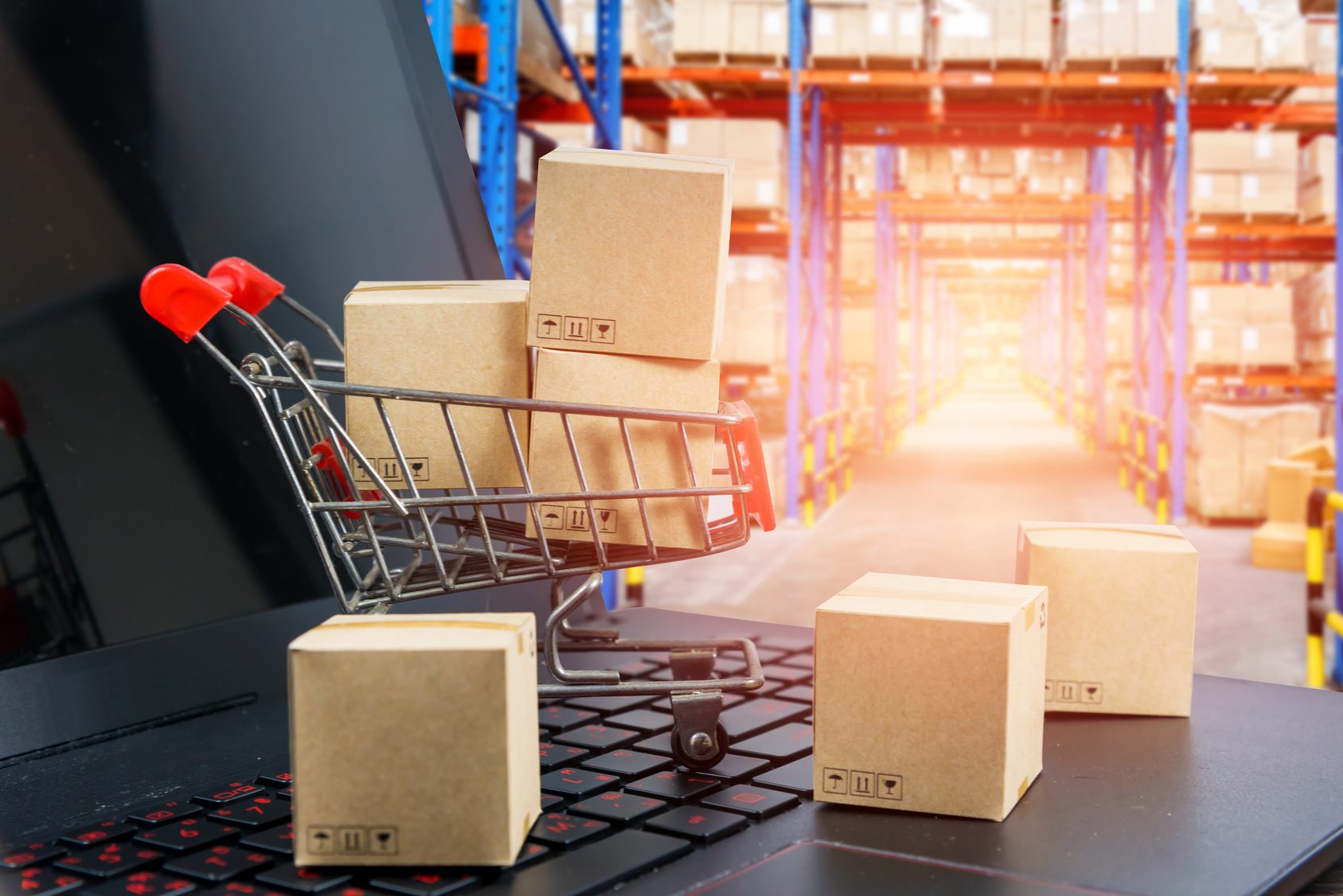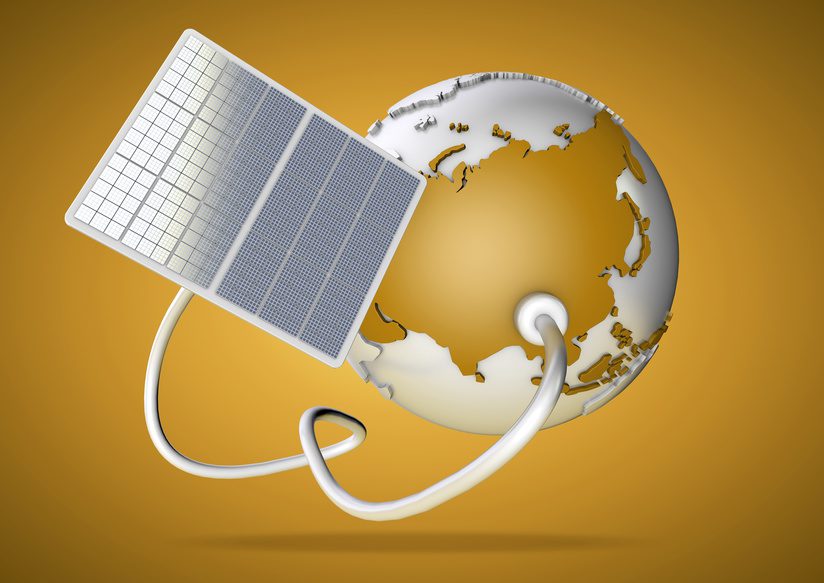Traditionally, retail distribution in South Africa was largely in the hands of the manufacturers, who solely owned and operated the warehouses and fleet of vehicles that were used to distribute products to retail stores. Today, this system is seen as inefficient and is increasingly losing in popularity. Leading retail chains, such as Shoprite, SPAR, Pick n Pay, and Woolworths, established centralized distribution centers and implemented warehouse management technologies to cut costs and ensure that there are no disruptions in demand and supply. While online retailers have also established central warehouses, it is still to be seen if they can implement the model with equal success as online retailing supply chain is more complex.
Back in the day, it was a well stated fact in the country and also across the world that manufacturers were responsible for moving goods from their manufacturing hubs to the retailer’s back door. These manufacturers would own and operate large warehouses and vehicles for distribution, and would supply to several retailers in its coverage area. As retailers were largely at the mercy of the manufacturer’s delivery schedule, this system put significant control of the supply chain in the hands of the manufacturer. Moreover, retailers could not cater to unexpected demand spurs, which in turn hampered their business.
Over the years, several leading retail chains in South Africa have abandoned this system and worked towards gaining complete control of their supply chains. This has resulted in them establishing their own centralized distribution centers (DCs). Under this system, retailers buy in bulk and then distribute from their DCs to various outlets on a need-be basis. This has not only helped them gain autonomy over their inventory levels, but has also reduced their distribution costs as well the lead time between order and delivery time to stores. Moreover, with self-owned distribution centers, retailers have been able to re-engineer their retail stores and improve its space utilization by dedicating a minimum required area to storage and all the remaining space to sales.
Benefits of centralized retail distribution centers are not only limited to retailers, but extend both ways in the supply chain to manufacturers and end consumers as well. This model enables the manufacturers to keep inventory levels as low as they can and eliminate the risk of obsolete or over stock positions. In addition, this model empowers smaller manufacturers, who do not have the financial strength to maintain their own warehouses or large distribution fleet. Under this model, they can compete with larger manufacturers as they only have to deliver their products to the retailers’ centralized distribution centers instead of investing heavily in their own distribution network and infrastructure. At the consumer end, retailers pass on a part of the benefit accrued (in terms of savings and discounts, respectively) from the elimination of a middle man and buying in large quantities from manufacturers.
Shoprite, a leading retail chain in South Africa was one of the first to adopt the centralized distribution strategy, giving it a strong competitive advantage. The group has distribution centers in Centurion (145,000 m2), Cape Town (45,000 m2), and Durban (11,500 m2). SPAR, another major retail group operates six technologically advanced DCs across South Africa. Two other retail chains, Woolworths and Pick n Pay, also receive their stocks from self-owned DCs. Experts estimate that retailers, which follow the centralized distribution system, manage savings of about 5-7% of supply chain costs.
In addition to working wonderfully for retail stores, centralized warehouses have lent immense support to the online retail model. While e-commerce in South Africa is still in its nascent stage (with Internet penetration at around 34%), online retailing has been growing rapidly (33% year-on-year in 2013) owing to attractive pricing, as well as improved technology and online payment security. Usually, online retailers store their goods in a central warehouse. However, the delivery of large volumes of value goods within short periods gives rise to the need for more distribution points that are located close to stores. E-commerce companies undertake direct-to-customer deliveries through their own internal facilities or through outsourced partnerships. They extensively use the services of courier and express parcel (CEP) industry to distribute their goods.
Another important aspect for efficient distribution is supply chain information technology and sharing. South African retailers have invested heavily in advanced distribution and supply chain technologies, such as RFID, electronic point of sales (EPOS), and electronic data interchange (EDI) that link the physical inventory levels with the information flows to adapt quickly to changes in demand.
The introduction of RFID into the distribution system helps in attaining real-time access and updation of current store inventory levels, along with increased inventory visibility, availability of accurate sales data, and better control of the entire supply chain.
EPOS facilitates the consolidation and transmission of aggregated sales data and other information from individual retail stores to the centralized DC. Alternatively, the centralized warehouse uses EDI to share information among all its supply chain trading partners. Over and above the inventory and warehouse management solutions, retailers also use transport route planning and scheduling system that optimizes store deliveries and integrates the operations of the distribution center and the transport division.
Although it is safe to say that the evolution of centralized warehouses have benefited retailers, manufacturers, and customers alike, the ever-evolving and digitally empowered consumer is driving the need for further innovation in the way companies, especially online retailers, are managing their distribution and supply chain operations. The rise in e-commerce and its inherent challenges and opportunities is spurring the need for greater visibility across the entire supply chain. While South African retail chains are on the right track with centralized distribution centers and warehouse management technologies, only time will tell if they manage to optimize their retail industry to the levels of the developed nations.







